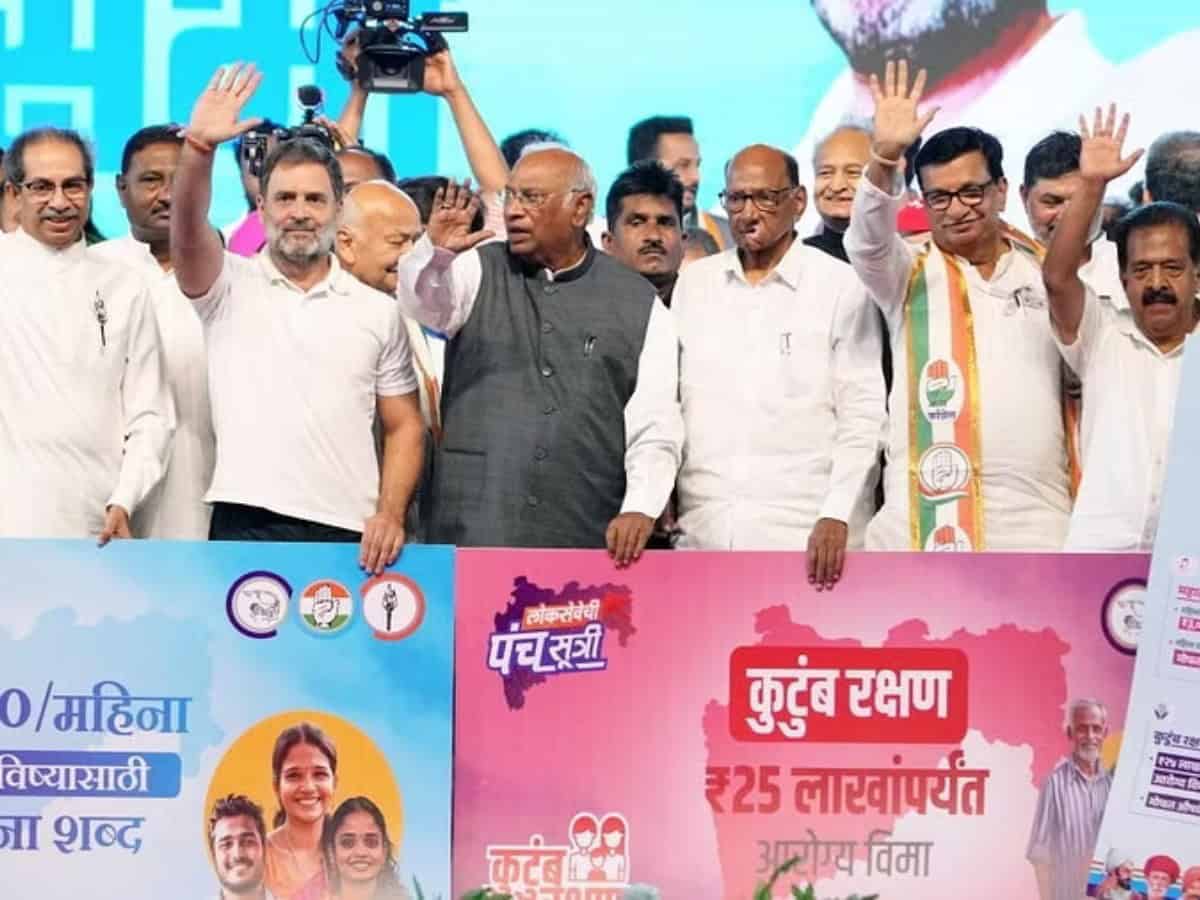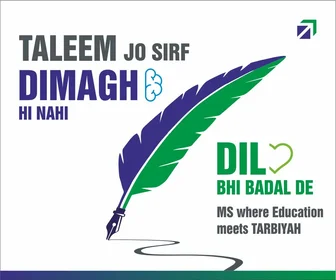
Three parties together have run the Maharashtra government for a couple of years and together, they are seeking to secure the voters’ favour to continue doing it for the next five years. They have been speaking of loyalty towards each other and often confabulate on issues that matter to the government – or the parties, to be precise – and put up a united face.
Come elections, the three of them, BJP, NCP (Ajit Pawar), and Shiv Sena (Shinde) have not been able to put out a joint manifesto. BJP is still working on their manifesto; Congress is yet to announce it, and Ajit Pawar has announced the freebies. No one knows if the other parties would agree to them in their manifesto.
Apparently, the manifestos do not matter. It is believed in political circles that manifestoes are merely a formality of no substance. Only news outlets find a story to write about the manifesto when released and once a government is formed, the manifesto remains on the shelves and some parts of such documents may be implemented.
The first to downplay, or even spurn the word ‘manifesto’ was Bal Thackeray, Shiv Sena founder. He began to use the term ‘vachannama’ to mean a list of promises to be kept. It is like saying “I give my word, honest!”. That is still in play but the word manifesto has not disappeared from the political lexicon. Like politics, the nomenclature too has changed.
There is utter confusion among the ruling party partners. Eknath Shinde has announced a ten-point charter which includes hiking the Ladki Bahin Yojana, the monthly direct transfer to women with under Rs 2.5 lakh income per annum; it will go up from Rs 1,500 per month to Rs 2,100. Loan waiver to farmers and a stipend of Rs 15,000. Roads in 45,000 villages, 30 per cent reduction in electricity charges.
If Shinde has announced new jobs for 25 lakh, Ajit Pawar, his ally has spoken of 2.5 lakh jobs, and for paddy or rice growers, a Rs 25,000 bonus per hectare. In his printed list of promises, there is not a mention or photograph of the leaders of the partners in the Mahayuti, the ruling alliance; which, by all means, is odd. His party has the smallest slice of seats to contest to be a part of the next government if elected.
On the other hand, the BJP continues to mull over what to bring up in its manifesto likely to be announced by around November 11. It is unclear if it would take a different tack to earn the goodwill of the voters or combine the promises the other partners have announced. On the other hand, the NCP (Sharad Pawar)’s fountainhead, Sharad Pawar had recently said that freebies are likely to hurt the exchequer.
While Shinde had proclaimed much earlier that the post-election government would hike the Ladki-Bahin Yojana disbursement to Rs 3,000 per month, he has moderated it to Rs 2,100 per month as has Ajit Pawar. If it is intended to reduce the stress on the state’s coffers already in debt of Rs 7.5 lakh crore, then there is no cause to announce what Ajit has, including free travel on buses for all women.
All these promises which the Aam Aadmi Party has been saying in Delhi are that what others call freebies are sharing the resources by ploughing back what they pay as taxes. The prime minister, Narendra Modi calls them the ‘revadi’ which is another word for freebies but when campaigning for his party, does not hesitate to call them yojana or a scheme. But these do come from the states’ treasure chests which are not full except Delhi state’s which do not have expenses that other states have.
Yes, votes cost. Seek out any politician and he would nod in affirmation. The funds come from the party or associates, well-wishers or scratched out under pressure or promises of patronage. But if a party or parties in alliance are ruling, the funds come from the government’s purse. Especially, if, programmes like the Ladki-Bahin Yojana are brought into effect months before the polls.
The Ladki-Bahin Yojana costs the Maharashtra Government Rs 44,000 cr, and we don’t even know how much the other announcements if put to work, would be worth. No one is talking or even asking about the extent of outlays in the next government’s annual budget. Ajit Pawar declared that he had presented eight budgets, and he knows the finances are sound. No one knows how funds will be raised.

